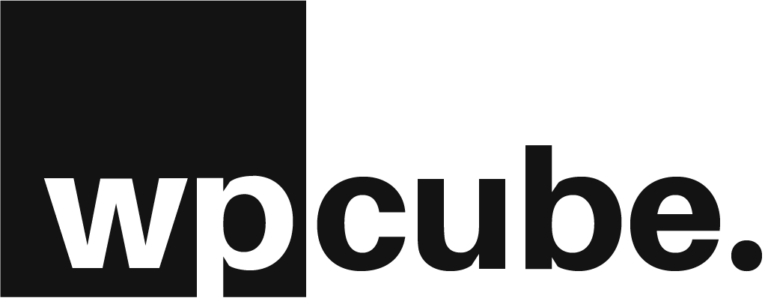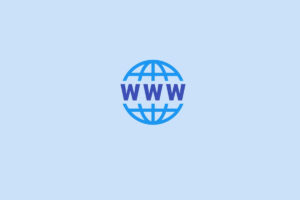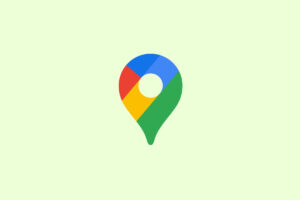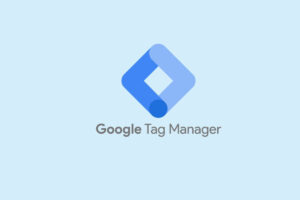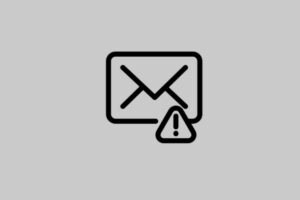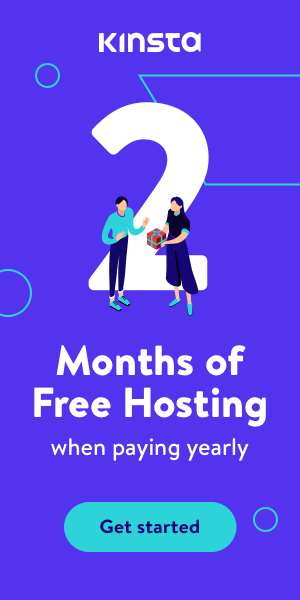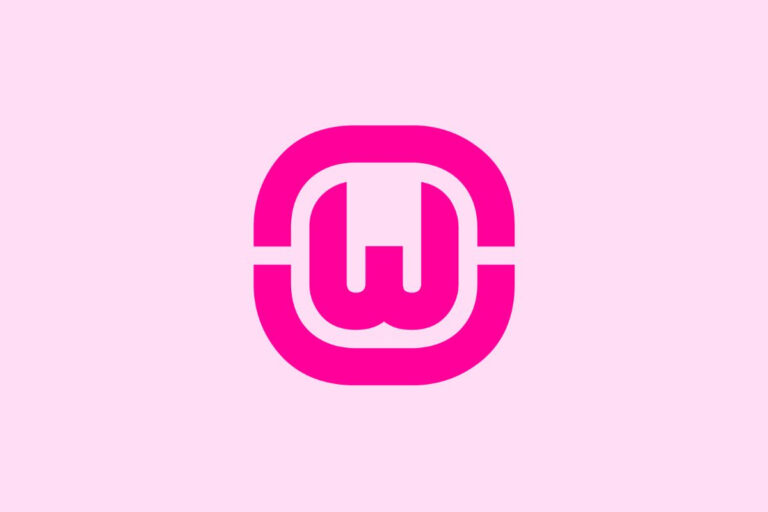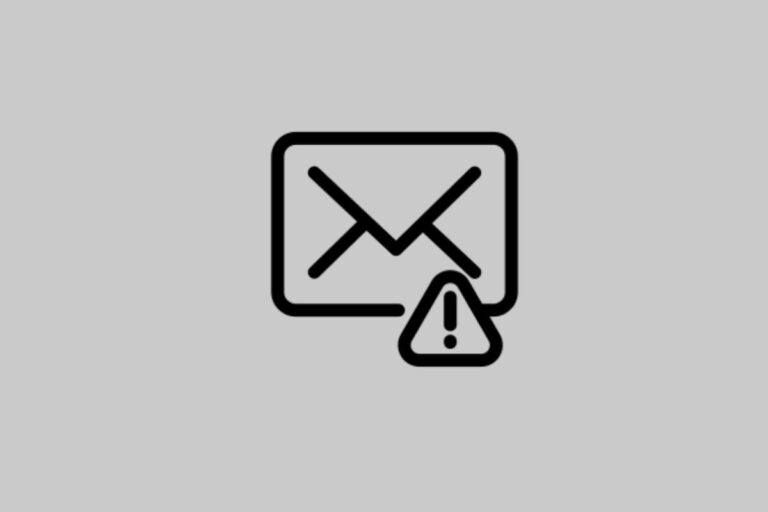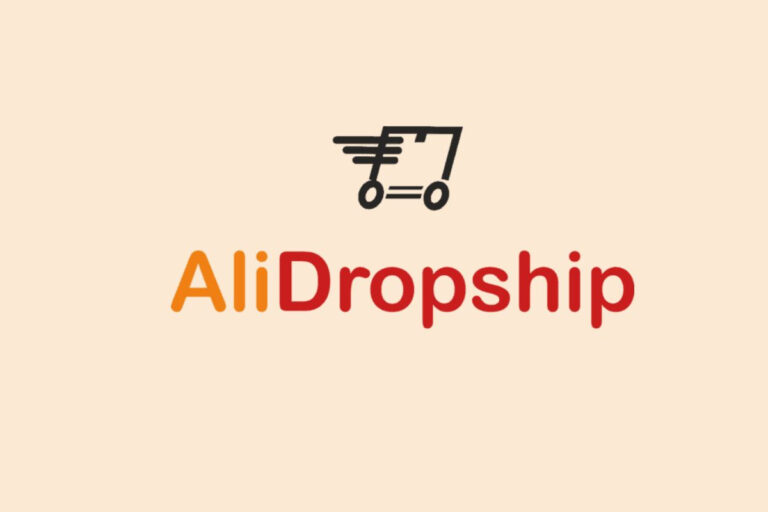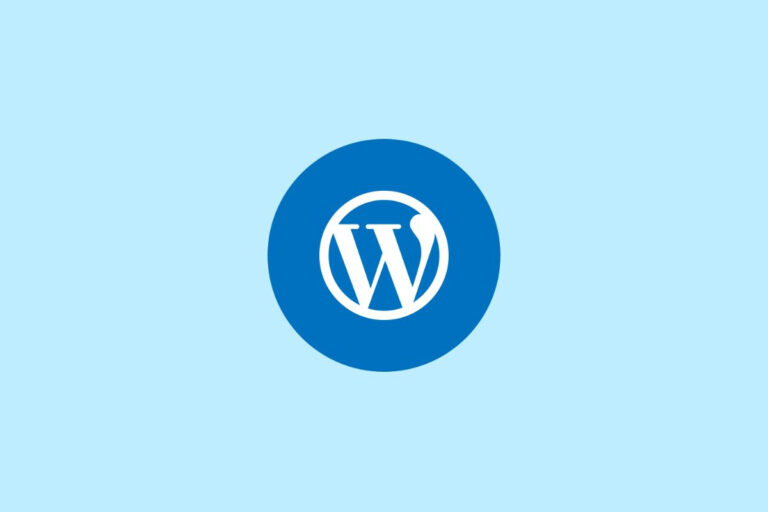What is a Domain Name? How to choose one? (New Zealand)
- Updated: 12 January 2023
A domain name is like your address on the internet. There are billions of websites on the world wide web and you need an address to be found.
Remember not to confuse domain names with web hosting, they are two different things.
In this article, you will understand what domains are. How do they work and how to choose the right name? Top-level domain (and explain other levels of domains as well).
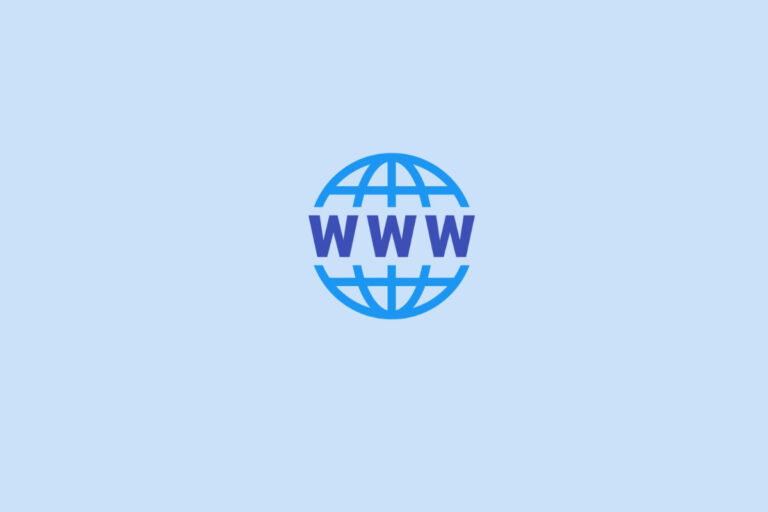
What is a domain name?
Domain names are basically defined as the address one enters in their web browser to get to the desired website. For instance, to get to our website you will need to type in our domain name i.e www.wpcube.co.nz
A registered domain name is unique to the website and unlike hosting, it cannot be shared. It can be used as the general name of the website and email or both.
A web hosting provider will require a domain name in order to publish and allow users to reach your website.
A website is defined as a collection of web pages combined together for a common purpose. Whereas, a domain name is the website address that you need to register for users to access the site.
The domain name is the address that users have to enter to be able to come to your website and access the different resources. You can have a domain and not do anything with it. But you can’t own a website that does not have a domain name.
How does a domain name work?
It is not that you have to understand how domain names work in order to get a website up and running. You can skip it as it’s for general information only.
So you open a browser and type in some letters. After pressing enter it opens a new world of information on a particular topic or business information. Those letters are called domain names.
Domain names are actually just a mask to hide the long, no-fun, hard-to-remember numbers. Imagine this 124.127.131.102 vs this wpcube.co.nz. The latter is easy to remember.
The real deal behind domain names is IP addresses that do all the magic. Every device on the internet has a number that makes it possible for other devices to locate and communicate with them. That combination of numbers is known as IP addresses.
When a domain name is entered in a browser, a search begins through the Domain Name System (DNS). DNS is basically a database (a very well maintained one) of IP addresses and their corresponding domain names.
When your browser finds the desired address and communicates with the server, then you see a website on your browser. Fascinating, isn’t it?
The levels/type of a Domain Name
You might have noticed a domain name always ends with an extension i.e .com .co.nz .kiwi etc. When first it all started, the purpose was to let organisations identify themselves with relevant extensions i.e if you are a charity organisation you would go with the .org extension.
However, nowadays people register a domain as they wish. For instance, I like writing about Cyborg so instead of buying a domain like cyborg.co.nz I would rather get cyb.org even though I don’t run a charitable cyborg organisation. Let’s dig further into domain names.
Domains have levels and levels are based on their level in the DNS structure of the internet. Here are some examples

Top Level Domains (TLD)
As the name suggests they are at the top level. Domain names that end with .com .net .org are generic (gTLD) ones and are open for anyone to register regardless of their location.
The second category of TLD is based on geographical locations (or at least that was the intention). For example, the country code (ccTLD) for New Zealand is .nz and only residents of NZ could register.
However now non-residents can register as well (some restrictions do apply). There are some countries that are very strict (like our neighbor across the ditch) when it comes to registering a ccTLD. In this case, you have to be an Australian resident or a registered business in the country to register a domain.
.nz DNS used to have strict three levels i.e name.domain.nz. However back in September 2014, the domain name commission announced that domains could be registered at the second level i.e myname.nz.
Second Level
So any domain that is before the TLD or ccTLD is the second-level domain in the DNS. Our domain is wpcube.kinsta.cloud here .co is second-level domain. You don’t have to have a second-level domain now – we could have registered wpcube.nz
Third Level
Looking at the hierarchy of Domain Name System, the one under the second level is the third level – wpcube.co.nz – wpcube is the third level domain in this instance.
Sub Domain
Subdomains are the ones that appear before the main name – blog.wpcube.co.nz – blog is a subdomain.
There are free service providers like WordPress.Com that offer free blogs on a subdomain. For instance, yourname.wordpress.com – is good to start a personal blog however I do not recommend it for businesses at all.
There is also Internationalized country code top-level domain (IDN ccTLD) that is for non-Latin characters mainly Arabic and Chinese languages.
How to choose the right domain name?
Choosing the right domain name can be a nightmare. I know it because I have been through it many many times – I still register multiple domains for a single purpose.
It is so difficult that people actually make a living out of finding the right domain name for your business. Yes, there are many people who will spend hours researching to find the right domain for you.
You don’t have to pay someone to do it for you. Here I put everything together to make it easy for you to choose the right domain name.
Do I buy a .nz (ccTLD) or a generic (gTLD) domain name?
It is a very easy decision to make. In fact, the easiest part of finalising a domain name. A very simple formula, if you are a local business then go for the .nz domain.
Put yourself in your customer’s shoes. Would you rather buy a product from awesomproducts.co.nz or awesomeproducts.com?
Unless your business sells products globally getting a generic TLD is not recommended. People trust locals and you will be surprised to know how many people would pay extra to support a local business. So the buy a .nz domain.
Choosing the right domain extension
Now that we have established if you are a New Zealand-based business/person you should buy a ccTLD. The next question is which domain extension is best for my website.
Every extension is there for a reason and yes, even though sometimes they look and sound better without serving the purpose (i.e cyb.org). It is always a good idea to keep the purpose in mind. If it sounds and looks cool on one website, it does not mean it will work for you too.
New Zealand Domain Extensions
Below I have listed all the available domain extensions in New Zealand and what they are mainly used for.
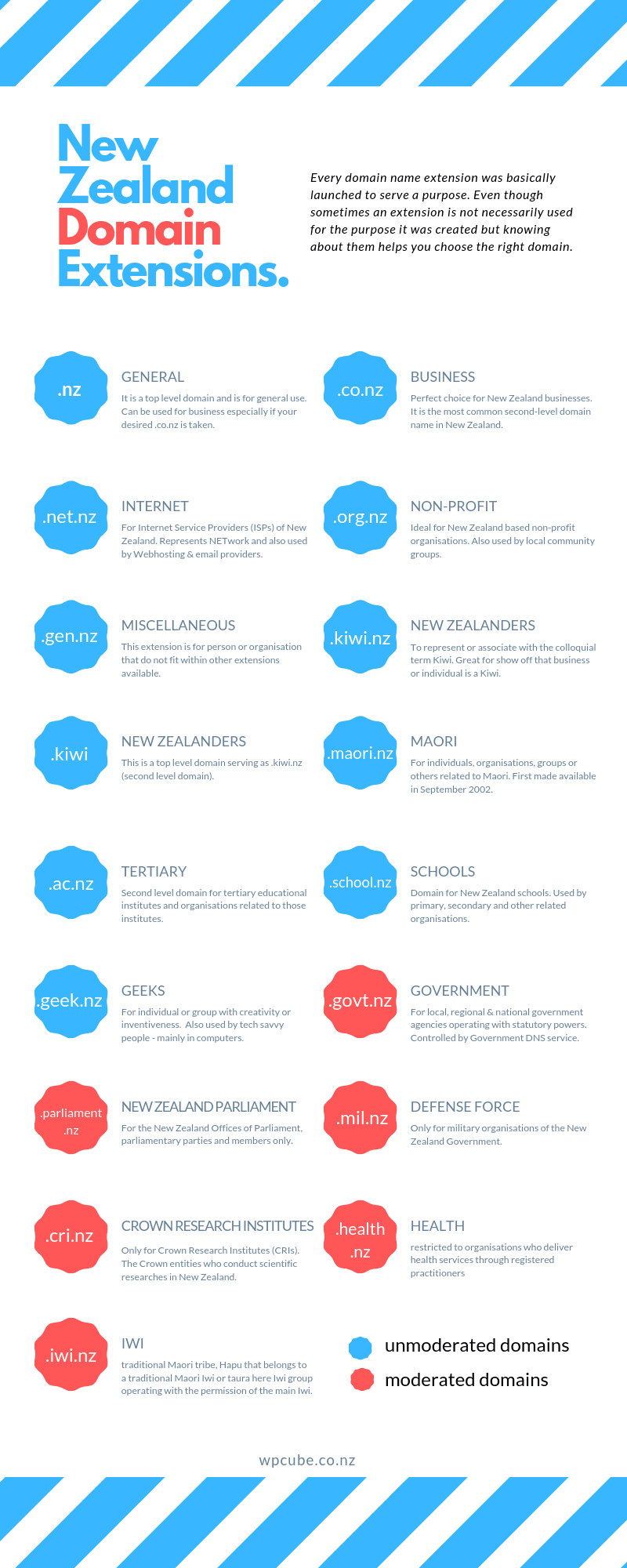
ccTLDs establishes trust between the visitor and the website. I would rather trust a local company than someone who is not based in New Zealand (unless they are big brands like Amazon).
Not just that according to an article in The National Business Review there can be legal risks as well – you know Americans just love to sue.
Consider those domain extensions as categories of websites. Understand the purpose of your website and categorise it using the “categories” above.
If it is a business then go for the business category and if you are building a website for a non-profit organistaion definitely go with .org.nz domains.
As the world is getting out of the factory workers’ mindset more and more entrepreneurs are emerging every day. This means if you have the world’s next life-changing idea and/or technology. Then choosing something that would best describe your idea or product would be a wise choice.
For instance, the Auckland-based GeoOp provides Software-as-a-Service (SaaS) that targets business with field workers. They’ve multiple domains and one of them is called geo.tools – a name that describes their product.
So if you are creating a next-generation Artificial Intelligence-based product don’t go for .co.nz choose yourawesomeproduct.ai domain. ai = artificial intelligence though it is a ccTLD.
Unmoderated and Moderated Domains
Unmoderated domains are the ones that you can register as an individual/business without any restrictions.
Moderated domains mean individuals/organisations who wish to register must meet the registration criteria. For instance, if you would like to register a .iwi.nz – the moderator must check you are a traditional Maori tribe, Hapu that belongs to a traditional Maori Iwi.
You can find the list of moderators and registration criteria of the New Zealand Domain Name Commission website.
Registering non-traditional domain names
We don’t always need ccTLD for our website. If you are a traveler, for instance, and would like to start a blog about your travels around New Zealand or the world. You could go for something like yourname.blog or yourname.travel domain name.
If you are doing something computers related and technical you could go with myshop.io – IO = input/output.
Before finalising whatever extension you want for your website, I strongly recommend checking SpamHaus’ most abused TLDs page. Just to make sure you don’t register something that is considered spam on the internet.

How many characters?
The shorter the better. Choosing the right number of characters can make a huge difference.
There is a reason you don’t come across long domain names too often. If it’s short it will be easy to remember and easy to pronounce.
Make sure to choose a name that you can stick to for years to come. You never know your product or blog might go viral. In that case, changing it would hurt your viral brand.

In New Zealand, you can register up to 63 characters and can include numbers and dash symbols. so-you-can-have-1domain-name-like-this.co.nz.
However, it is always recommended not to use the dash symbol where possible. Instead of using william-blogs.co.nz use williamblogs.co.nz.
Make sure, unless it is actually how your name is spelled, do not use different spellings i.e willyamblogs.co.nz. Visitors will automatically type williamblogs and they will either see a wrong website or no page.
If you would like some help with creating a short name, domain name suggestions, or business name you can try the following tools. They are name generators that give you a bunch of words (what they think is right) that match your query.
They do not give out-of-the-box names however search result does help you get new ideas.
The Perfect Domain is Already Taken?
You go through all the hassle to find the perfect domain name and it is taken already. Don’t worry, it is not the end of the world.
There are a few things you can do that actually work out quite well most of the time. I have put this section before checking domain availability just for the reason that does not freak out if your domain is taken there is always another option.
- Visit the website and see if there is an active website. It is very common practice to buy domains to resell them for some profit later. If there is a notice then contact them they will sell it for the right price.
- Company has shut down. If there is a website but business or website owner is no longer operating – good chance you can get the domain from them.
- There is an active website. Chances are very low but contact them and ask nicely if you can have the domain for a price. You never know they just might say yes.
- No website no contact details. Try the domain name marketplaces to see if it is listed there. Some of well know marketplaces are SnapNames, Sedo, Flippa
- Try other domain extensions – if .co.nz is taken try .nz or .kiwi or .kiwi.nz domain extensions.
- Add/remove/replace a word or character – sometimes you can get away with names like 12100.co.nz instead of 1to100.co.nz
Check Domain Availability
Now it’s time to check if your domain is available. Simply head to Domain Name Commission website and enter your desired name in the search bar. It will list all the domain extensions as well as if they are available. Click here to check availability.

Domain Pricing
The domain name pricing requires a comprehensive article to explain why you get domains for different prices and what are the selling strategies of the registrars and resellers.
For now, if you are starting a website for a small business or personal blog, you do not need all the fancy options that come with domain names. You need a domain that will allow people to find you on the world wide web.
Therefore go for the cheapest option you can find – there are a couple of registrars who charge only $20 per year (I use Crazy Domains for all domains). Even though I need, for some clients and personal purposes, DNS management.
I choose to go for cheaper options as there are free (fully reliable so far) DNS hosting providers like Cloudflare to meet all my DNS needs.
Always start with the cheapest option as you can always upgrade the service when you need them. This strategy can help you save hundreds of dollars over the years.
I will soon write another detailed article about domain pricing and choosing the right options (some call it premium DNS addon) until then please let me know if you have any questions.
All domain name registrars in New Zealand offer a minimum of one year of registration. It is best to start with one year and renew when close to expiration.
All registrars are very good at reminding you when you are close to the renewal date or you can set up auto-renewal which makes sure it’s renewed on time.

Register domain without a hosting plan
You can have a domain and hosting service with two different providers. Usually, if you are getting a good deal on a domain name you may not get a good hosting deal with the same company.
It does require you to make some DNS changes (very easy) at the domain end.
Conclusion
For a New Zealand-based successful business and website a country code, Top Level Domain is the best choice.
However, where your product or brand is well described with other TLDs go for it. Choose something short and memorable and avoid dash symbols.
If you are just starting go for the cheapest domain names as there will be options to upgrade at any time in the future.
Newsletter
Signup for news and special offers!
Thank you!
You have successfully joined our subscriber list.
